A Foodie Guide to Galicia
Galicia, nestled in Spain's northwestern corner, is a land of lush green landscapes, pristine coastlines, and delightful gastronomic culture.
By Paul Richardson.

Think of it as the top left corner. Situated on the ragged north-western edge of the Iberian peninsula, jutting out into the Atlantic Ocean, Galicia is a region with its roots sunk deep in history and legend. Like Catalunya and the Basque Country, it has its own language and culture. It also has its own unique ingredients and a fine, idiosyncratic cuisine.
Good eating in Galicia is the best example I know of a maxim that could be applied to Spanish food across the board: very often the simplest things are also the best. When I think back over my 30 years of edible adventures up here on the north-west frontier, what comes to mind generally has to do with product and context, almost never with fancy cooking and refined presentation.
There are moments, and mouthfuls, that I've never forgotten. To wit: a platter of fried Padrón peppers, smoking hot from the pan, at a sawdust-floored tavern in Santiago de Compostela. Juicy octopus slices dressed with olive oil and dusted with pimentón at the San Froilán fair in Lugo. A doorstep cheese sandwich made with chewy, strong-tasting bread in what is for me Spain's capital of perfect pan, the town of Cea (Ourense).
Here, geography and gastronomy are joined at the hip. Of all the 17 'autonomous communities' that make up the jigsaw puzzle of Spain, none but Galicia has such a close and fruitful relationship with the sea. More than half the nation's fishing industry is concentrated here; Vigo is Europe’s most important fishing port. Fish and shellfish are therefore not only crucial to Galicia’s economy but a pillar of its culinary identity.
From the Rias Baixas, the five estuaries pushing inland like five twisted fingers, comes much of the shellfish consumed in the rest of Spain, along with a white wine (albariño) whose acid freshness and tangy fruit flavours make it the perfect foil for a ración of grilled scallops. Around the Costa da Morte, where perilous cliffs of black rock are pummelled by the fierce Atlantic, percebeiros risk their lives on the wave-lashed cliffs to bring to market one of Spain's strangest food delicacies: the percebe (goose barnacle). From the clean, cold waters of the west coast come the products of Porto Muiños, a pioneer in the marketing of seaweed.
Meanwhile in the deep interior lie the verdant sierras of Courel and Ancares, where cast-iron pots of pote gallego (an all-in stew of beans, vegetables and mixed meats) bubble on rustic stoves and chestnuts roast on open fires. Brindisa stocks the pre-cooked chestnuts from Posada, a leading producer based in Ourense. The damp atmosphere of this Atlantic climate makes dry-curing charcuterie impossible, but the ingenious locals have found a solution. In the mountains of Galicia chorizo and morcilla are smoked in the chimneys of rustic kitchens while lacón, made from the shoulder or front leg of the pig, is not air-dried but cured in brine. Boiled up with potatoes, chorizo and green turnip tops (grelos), lacón con grelos is one of the region's best-loved dishes.
Since the 4th century AD pilgrims have tramped from all over Europe to venerate the mortal remains of Saint James, which supposedly arrived from Jerusalem on a stone boat and were laid to rest in Santiago cathedral. Yet mass tourism of the beach variety has had little impact on Galicia's intricate coastline, the sweeping sands of Carnota and Loura and the sheltered estuaries of the Rias Baixas where palm-trees, citrus fruit, even fig-trees flourish. Galician shellfish (notably crabs, scallops, lobster, and clams) owes its firm flesh and depth of flavour to the cold Atlantic currents around these coastal waters, which allow them to develop slowly. A common sight in the Rias Baixas are the floating wooden platforms (called bateas) used for mussel cultivation, with the bivalves clinging to long ropes suspended in the water. Mussels from the Rias find their way to fish counters all over the country, and also into the tinned conservas made by numerous manufacturers in the province of Pontevedra. Traditionally speared on wooden cocktail sticks, Galician mejillones en escabeche (mussels in a mild vinegar pickle) are a storecupboard staple perfect as part of a pre-lunch aperitivo. We at Brindisa are long-term fans of the tip-top conservas sold by Roberto and Cristina at La Catrineta in La Coruña - among which are some of the fattest, tastiest tinned sardines we have ever tried.
Galician beef, especially when obtained from the mighty oxen once bred for ploughing the fields, is commonly agreed to be the best in Spain. Perhaps surprisingly, however, given the lush green pastures of its rolling countryside, Galicia is not one of the outstanding Spanish makers of cheese. The region’s standard-bearers San Simón and Tetilla (so-called for its suggestive tapering shape, from teta, meaning 'tit') are mildly flavoured cow’s-milk cheeses with a pleasantly soft and yielding texture. The exception is Galmesan - also a cow’s-milk cheese, but cured for months until it takes on a hard, granular texture. This could almost be described as a Spanish Parmesan, except that Galmesan also has a distinctive flavour profile of its own.

As you'll have gathered by now, the excellence of Galician food is less about sophisticated culinary techniques - though the region does have some very fine restaurants - and more about the product. The summer months, when the rain abates and the region looks more like Ireland than Andalucia, see a plethora of food-related fiestas, each devoted to a single product or dish with tastings and feastings usually accompanied by lashings of local wine. In high summer the Festa do Lacón in Silleda (Pontevedra) celebrates the famous brine-cured pork shoulder, while Pobra de Trives (Ourense) rolls out the red carpet for its bica, a richly delicious kind of sponge cake. I recently counted as many as 25 different Galician food-fests and the object of their devotion, from green peppers and razor clams to sardines, maize bread, tripe, and octopus. Perhaps the greatest gastronomic party of them all is the Festa do Marisco held every October in the coastal town of O Grove (Pontevedra), which attracts visitors in their thousands to a shellfish feast lasting three days.
So there's a great diversity to Galician cuisine, yet certain products and dishes are found with delicious regularity across the region. Though originally a local speciality Padrón peppers, sizzled in olive oil and scattered with salt, are now practically ubiquitous. These little green morsels are famous for a peculiar characteristic: for every ten or twelve of them, one or two may take you by surprise with a blast of spicy heat. If Tarta de Santiago, a rich, moist almond cake, is perhaps Galicia's most famous dessert, its most brilliant pastry invention is surely the empanada, a flat pie made with an egg-enriched dough and stuffed with all manner of fillings among which might be bonito (skipjack tuna), xoubas (small sardines), zamburiñas (small scallops) and salt cod with moscatel raisins.
More popular than either, though, is a dish that has come to be almost a symbol of gallego life. Polbo á feira (octopus 'in the style of the fair') originated in the country towns of inland Galicia where, as its name implies, it was a popular dish at fairs and fiestas. The octopus were boiled until tender in copper vats and snipped into slices with scissors by expert polbeiras - octopus ladies who travelled from town to town. The slices were laid out on round plates invariably made of wood, which would have been easier to transport on the rough roads of the interior. For polbo á feira they were slathered with olive oil, scattered with salt and dusted with pimentón de la Vera. Another variant, polbo con cachelos, had the octopus slices served on a layer of cooked potato.

I'm using the past tense, but Galicia's passionate relationship with octopus is still very much alive. At any fair or pilgrimage or saint’s- day celebration it’s still served up in the traditional manner on the same wooden plates, and the polbeiras still do the rounds with their copper pots, their tins of pimentón. Yet over the years the fame of polbo á feira has spread far beyond its rural origins, becoming a familiar item on tapas menus from Madrid to Manhattan and a proud ambassador for the land of its birth. You might say it’s a classic Galician dish that has legs.
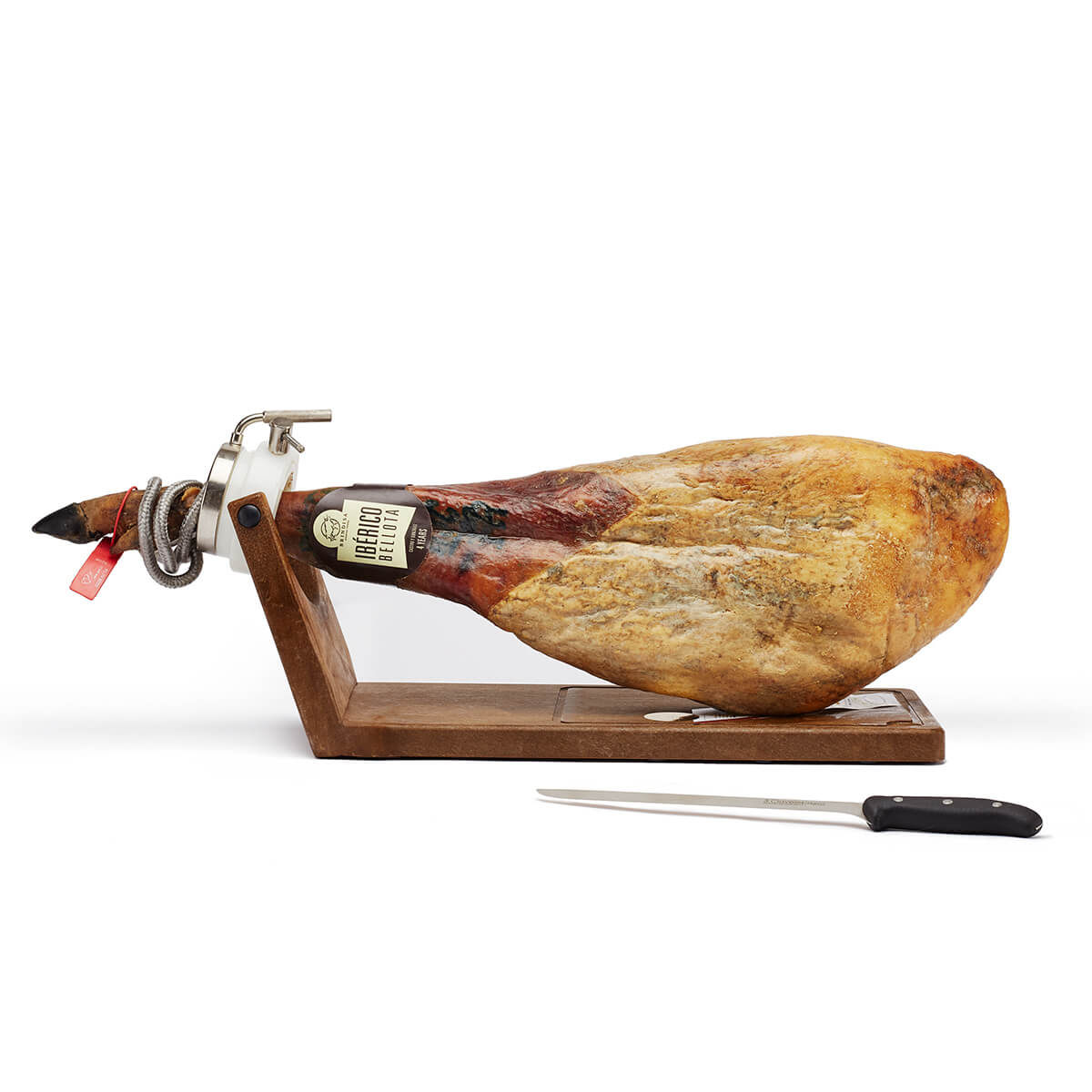 Brindisa Bellota 75% Iberico Ham Kit
Brindisa Bellota 75% Iberico Ham Kit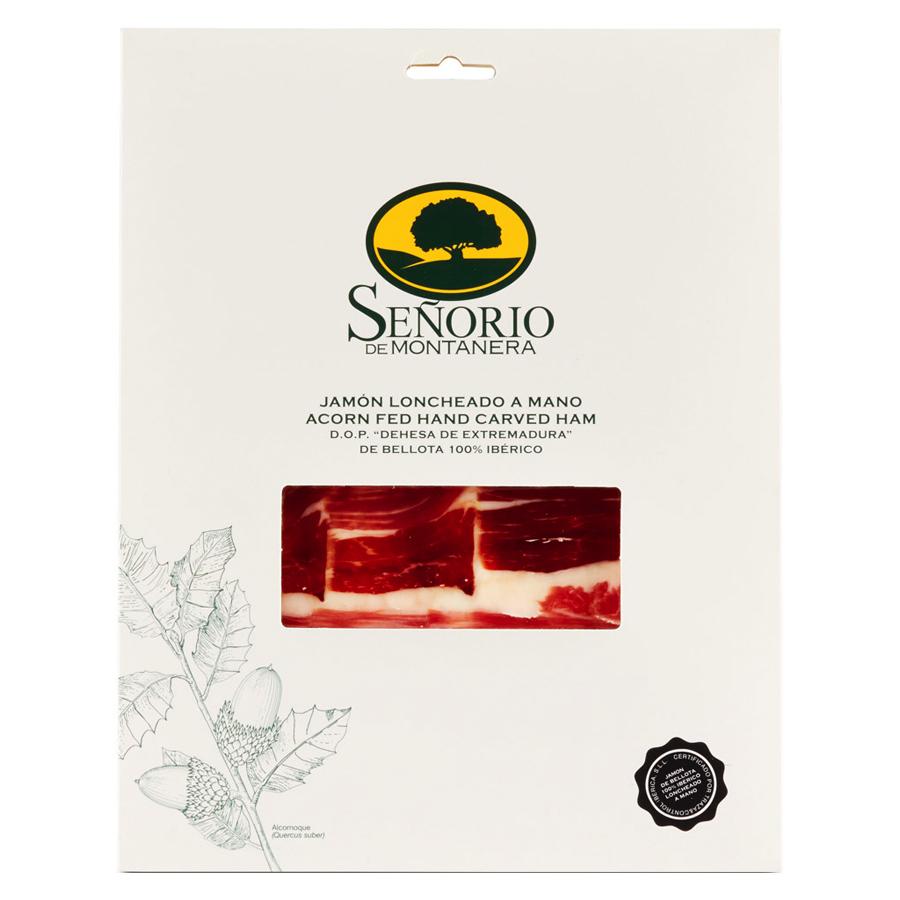 100% Iberico Hand-Carved Ham
100% Iberico Hand-Carved Ham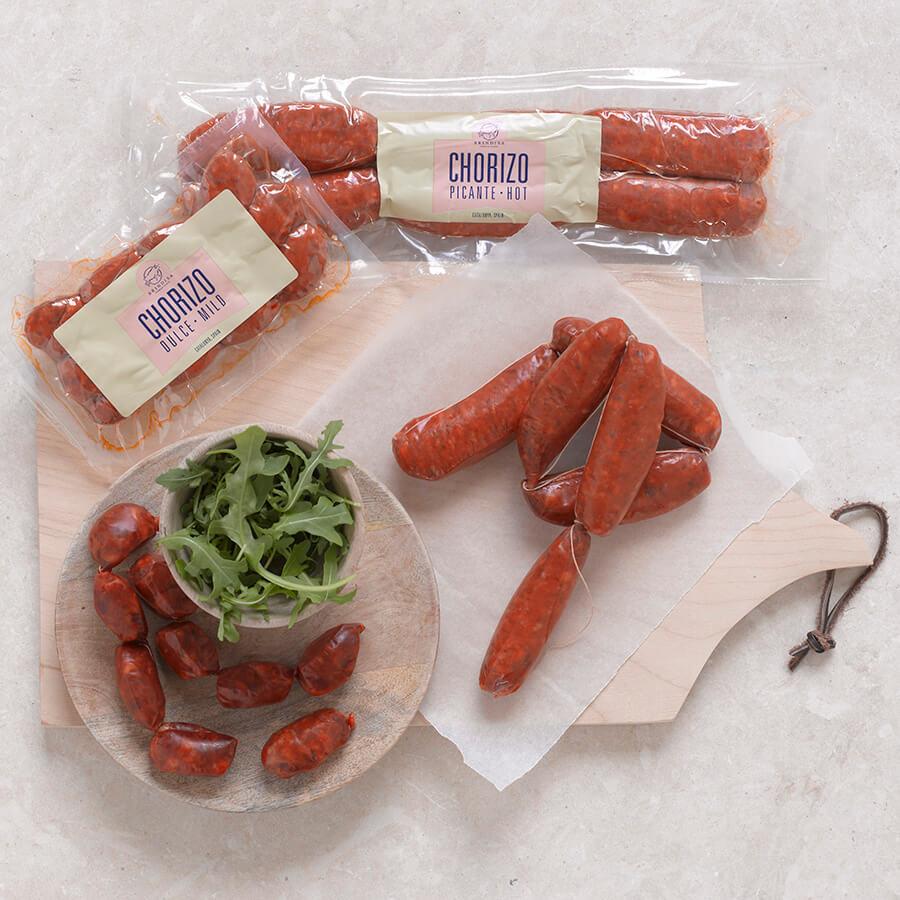 Cooking Chorizo
Cooking Chorizo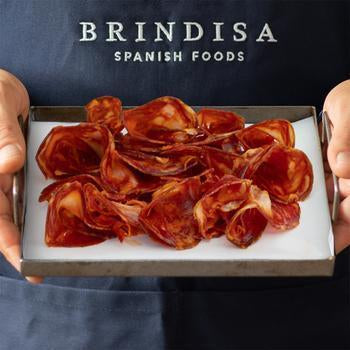 Freshly Sliced Charcuterie
Freshly Sliced Charcuterie Truffle Manchego
Truffle Manchego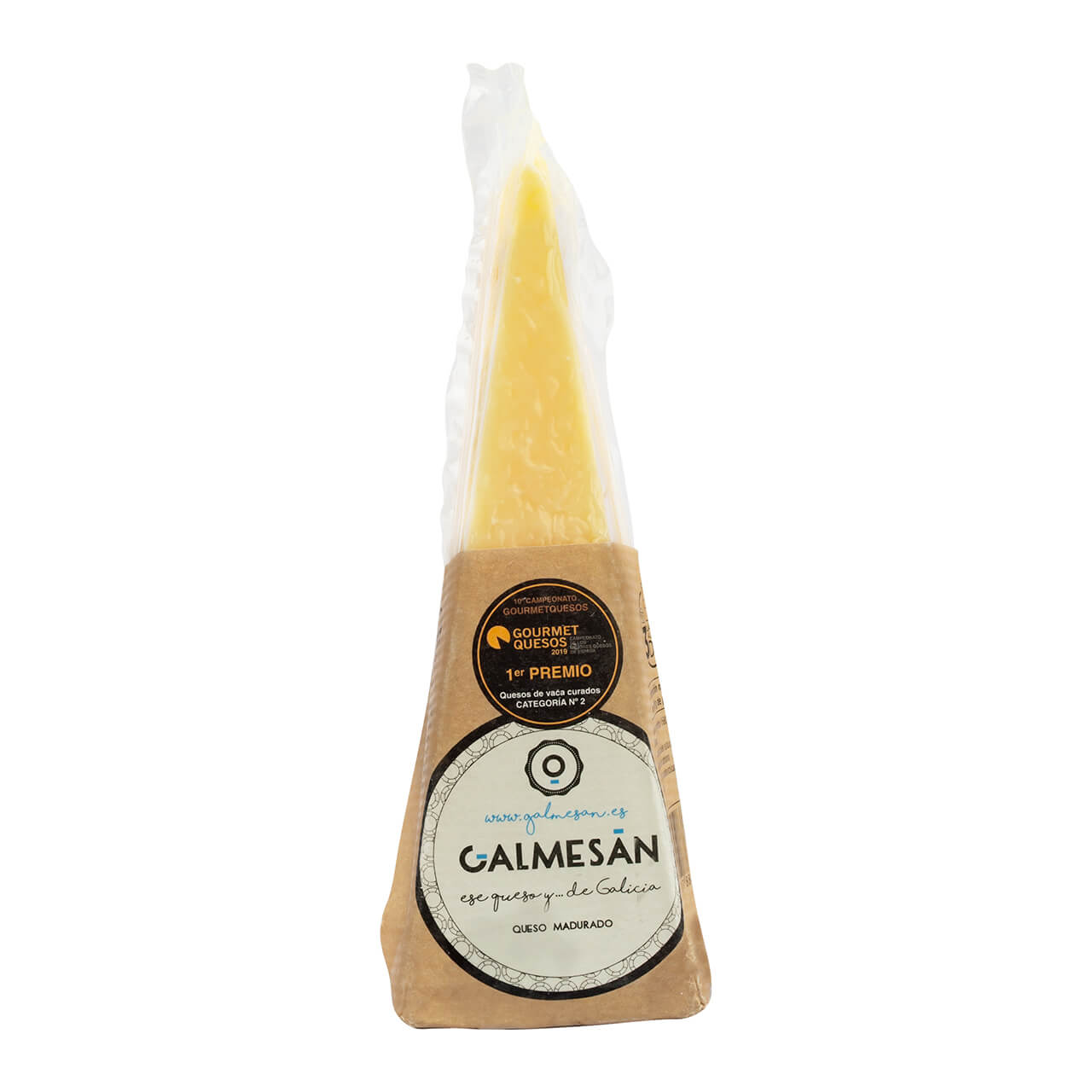 Galmesan Wedge
Galmesan Wedge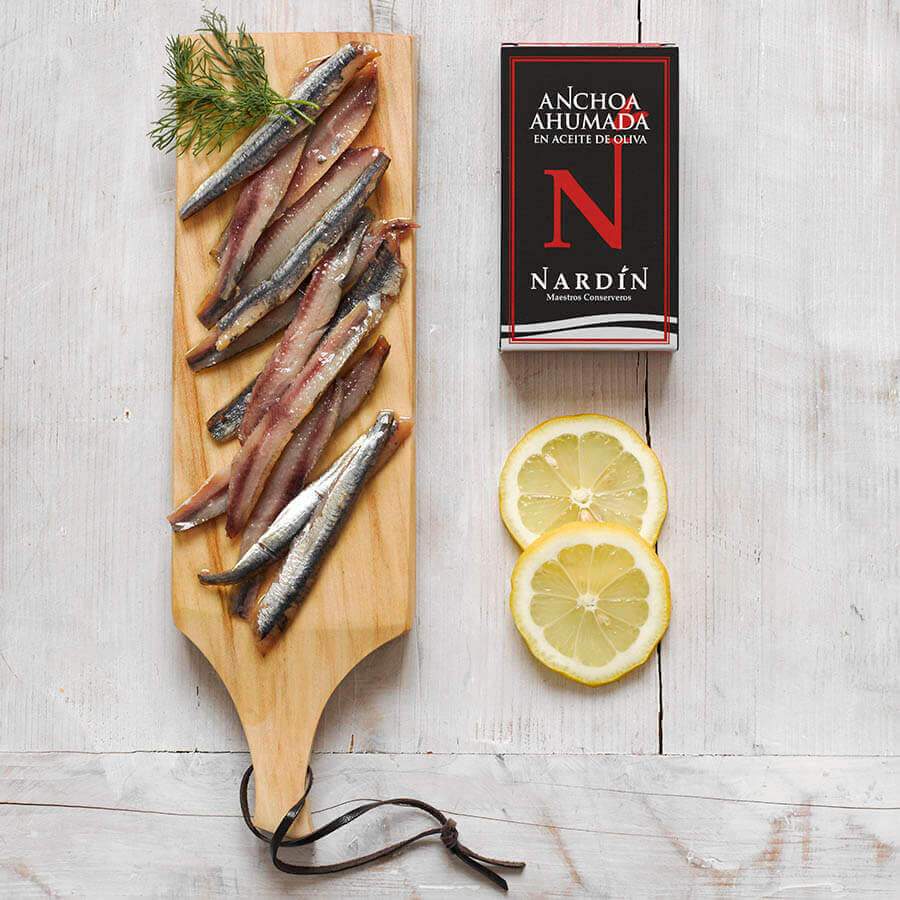 Beech Smoked Anchovies
Beech Smoked Anchovies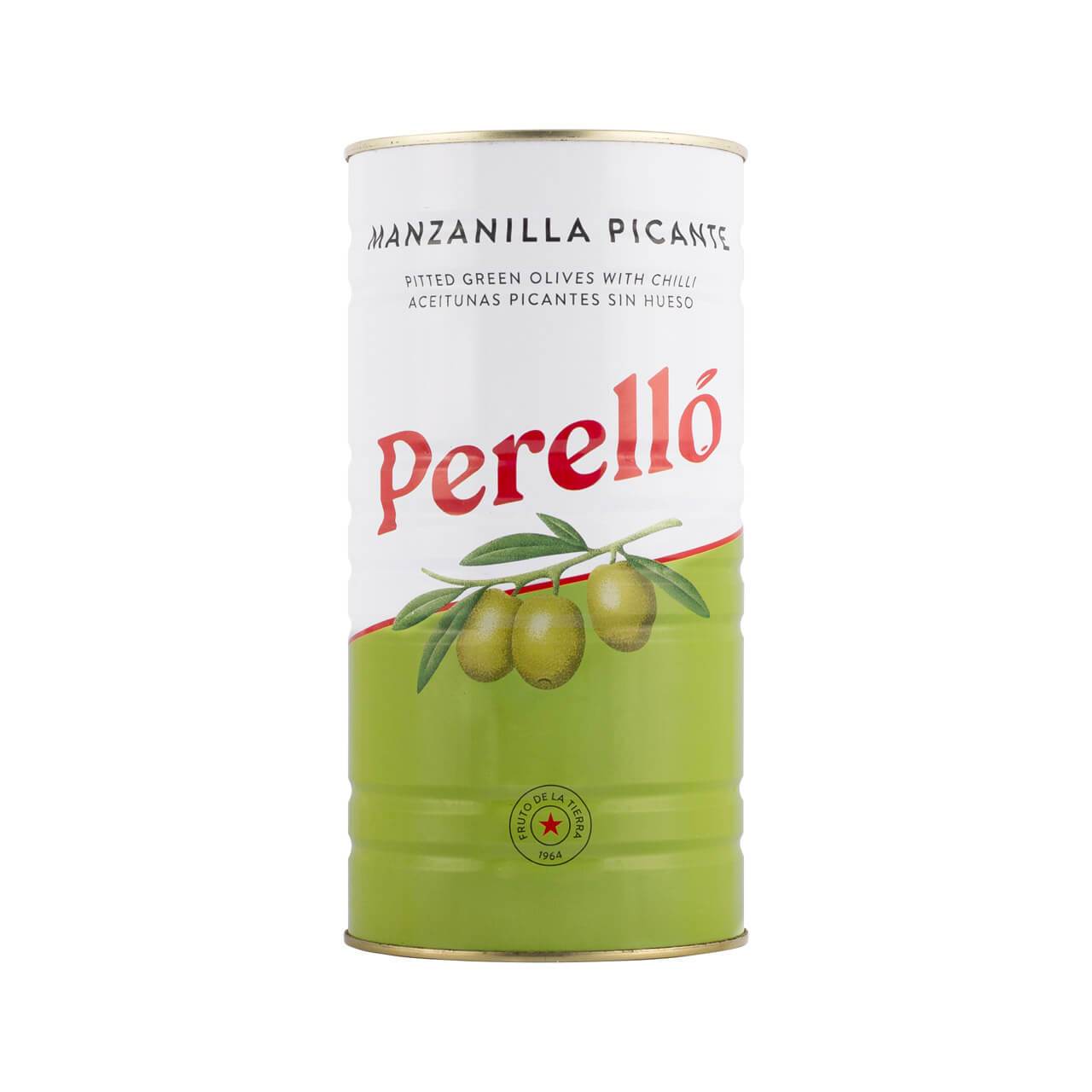 Perello Manzanilla "Martini" Olives
Perello Manzanilla "Martini" Olives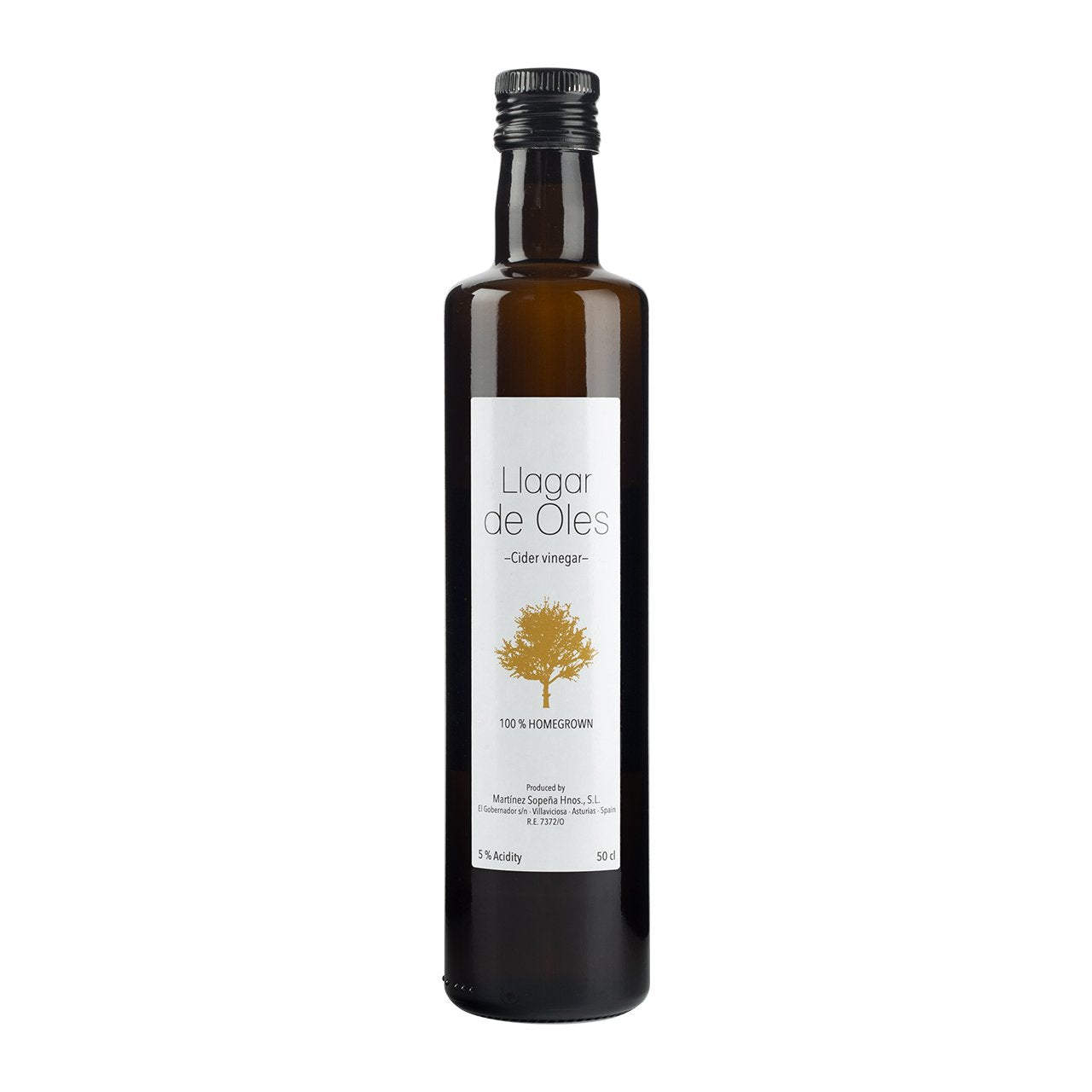 Apple Cider Vinegar
Apple Cider Vinegar Buy a Gift Card
Buy a Gift Card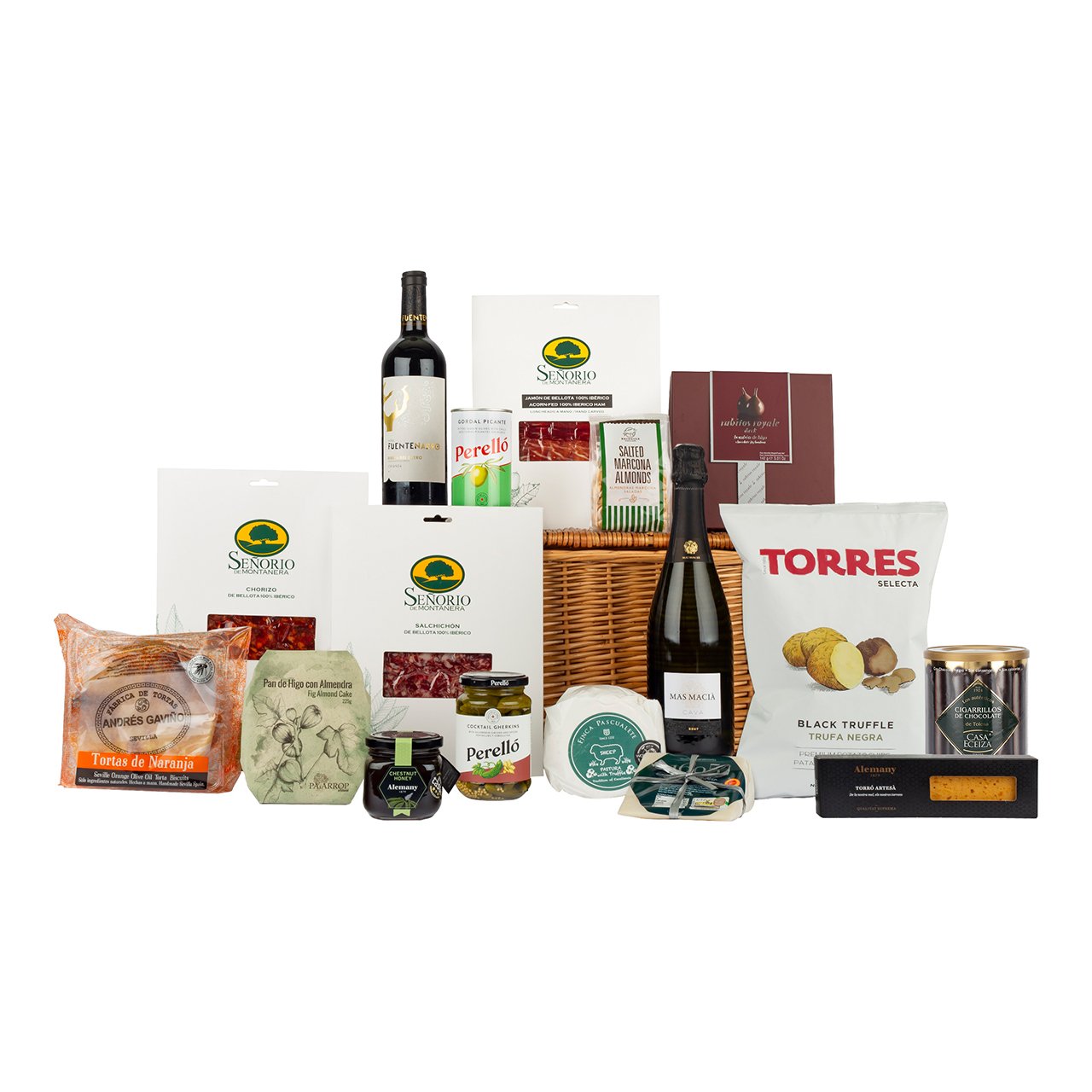 Celebration Hamper
Celebration Hamper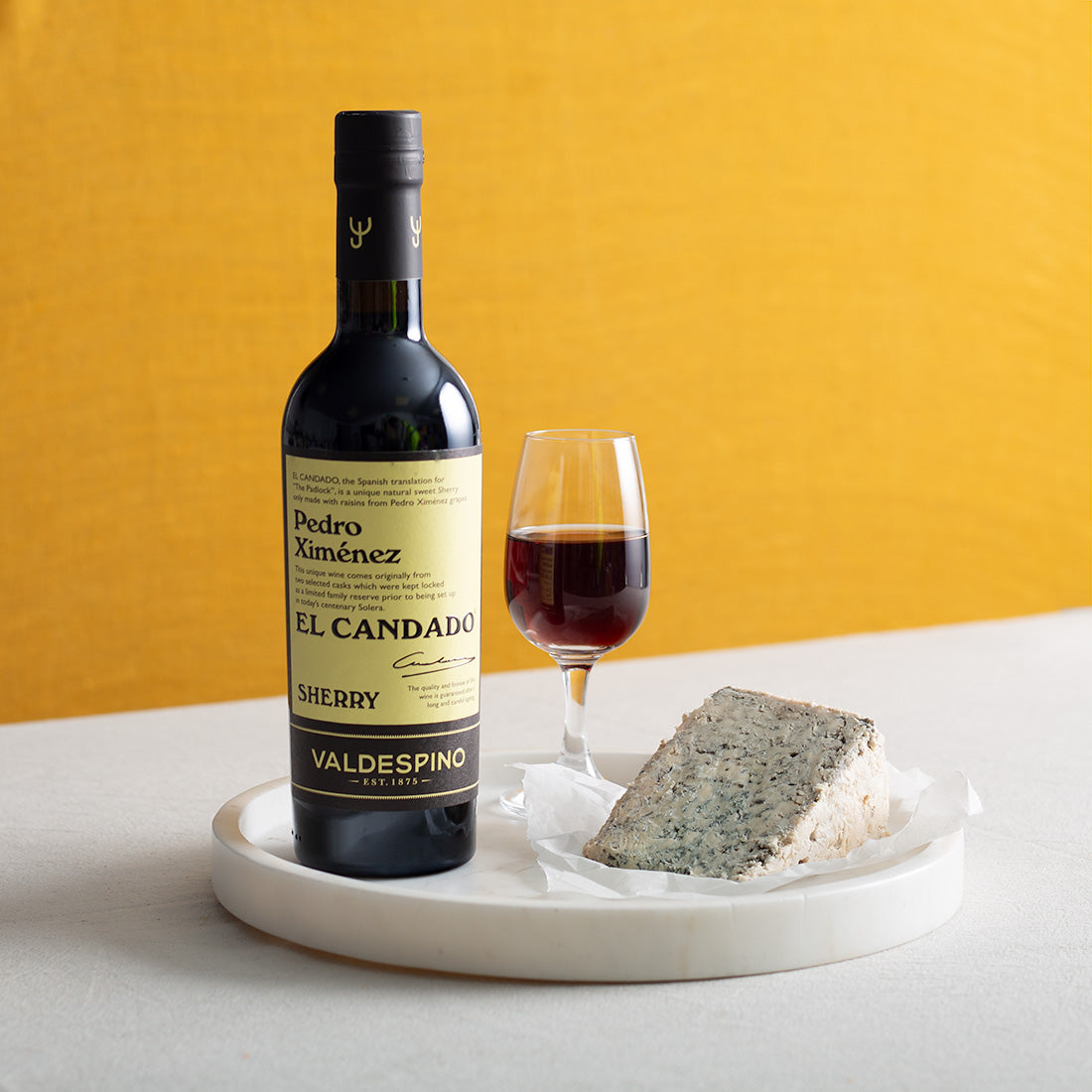 Sherry
Sherry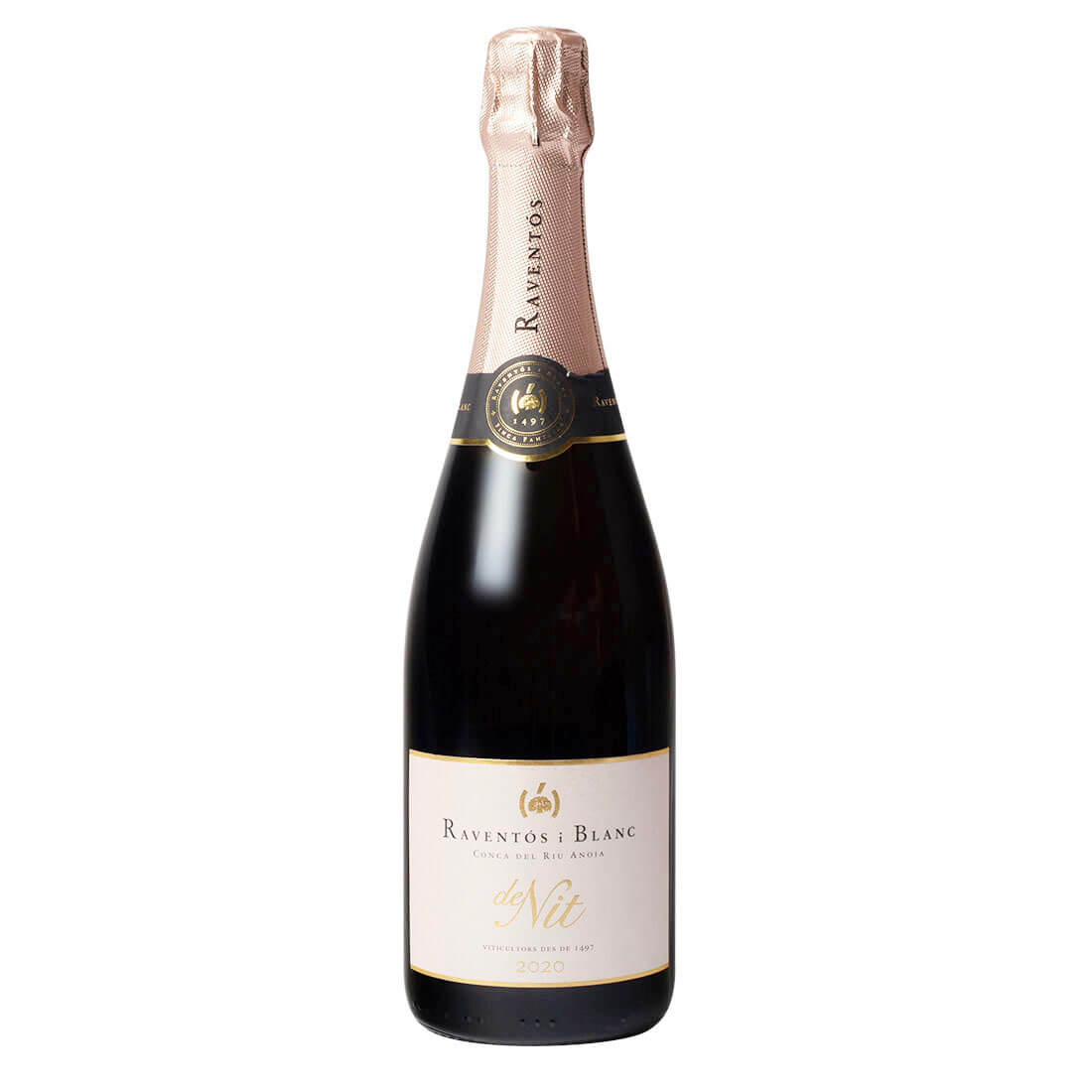 Sparkling Cava for Christmas
Sparkling Cava for Christmas Perello Olives
Perello Olives Navarrico Butter Beans
Navarrico Butter Beans






